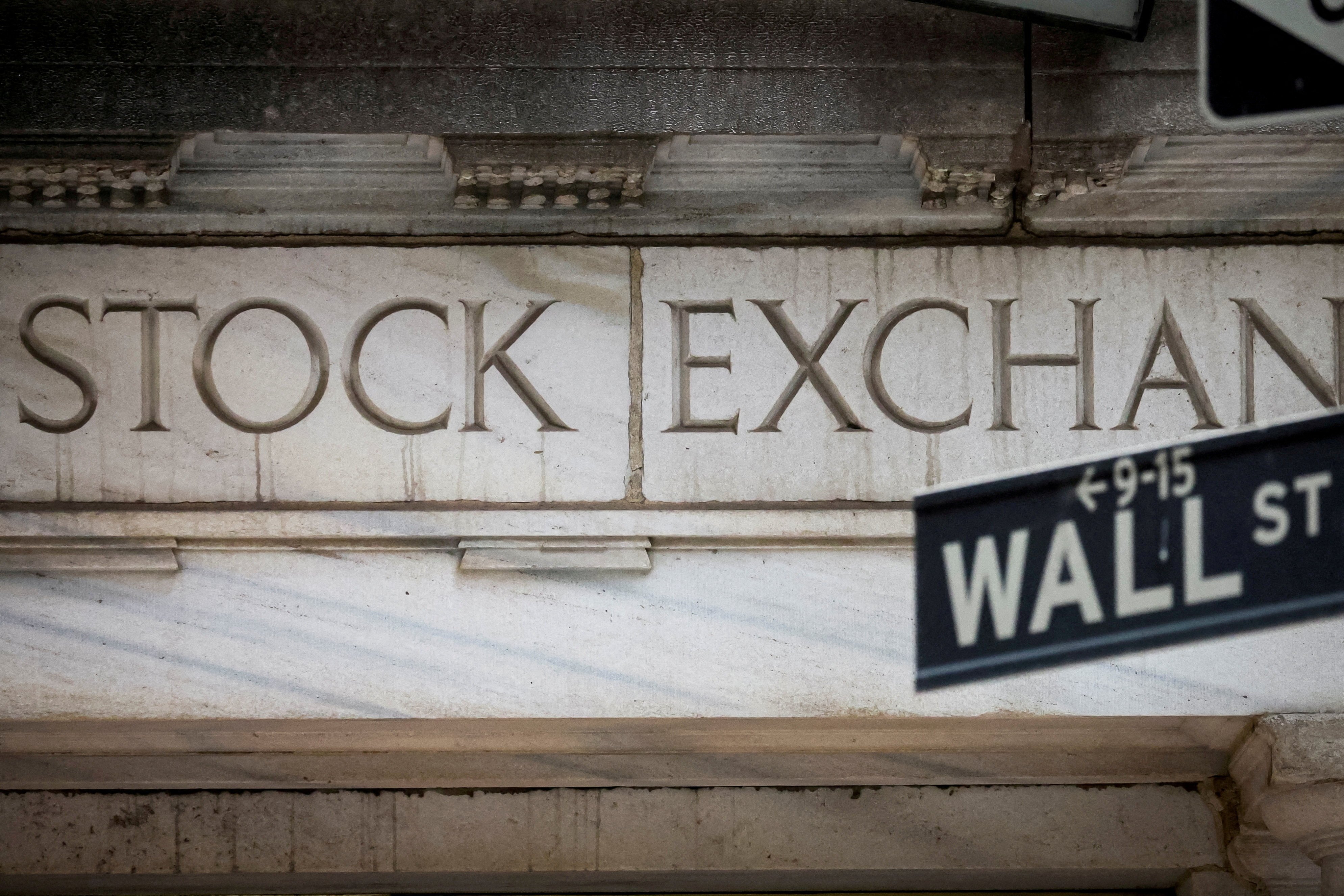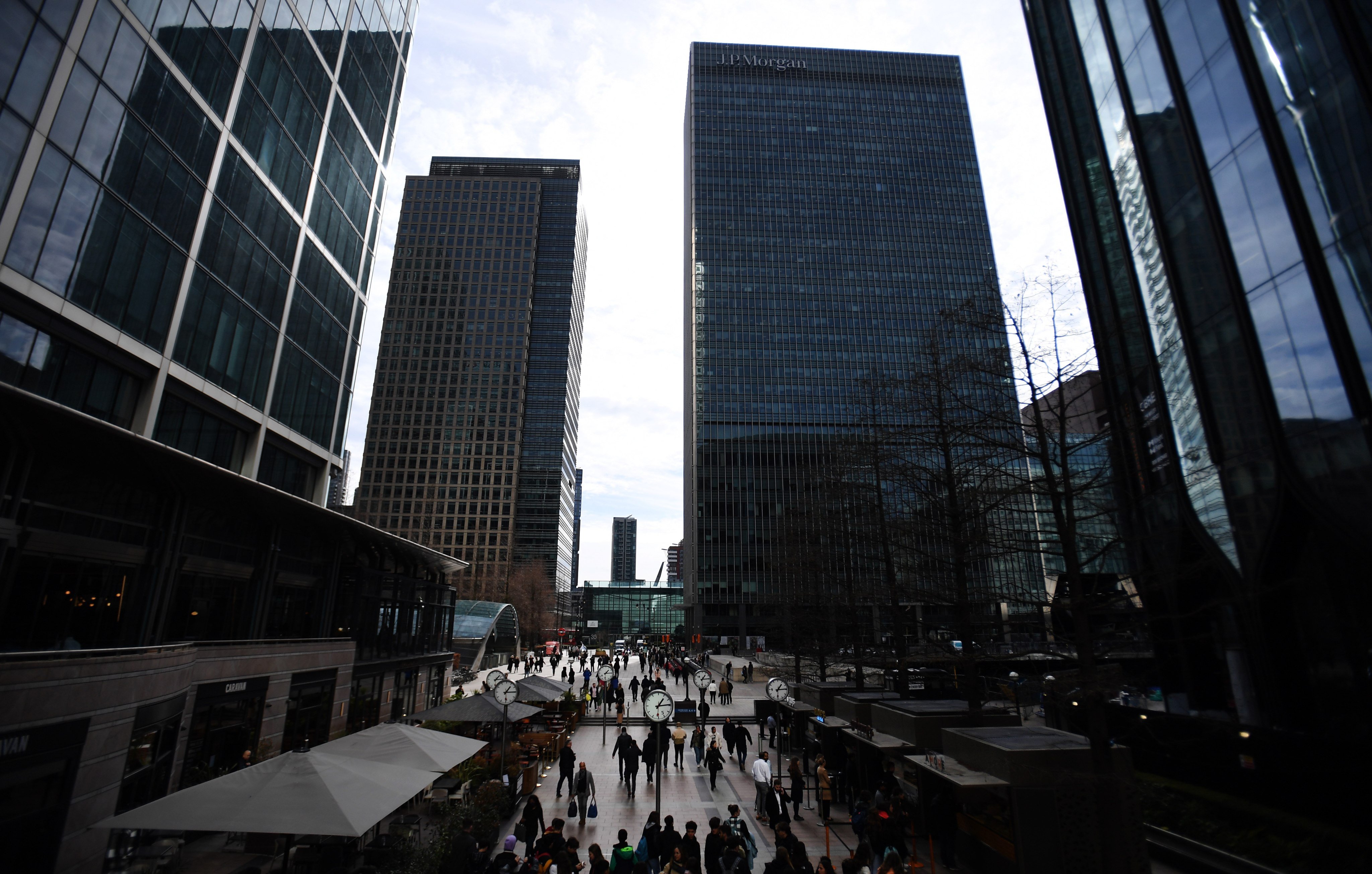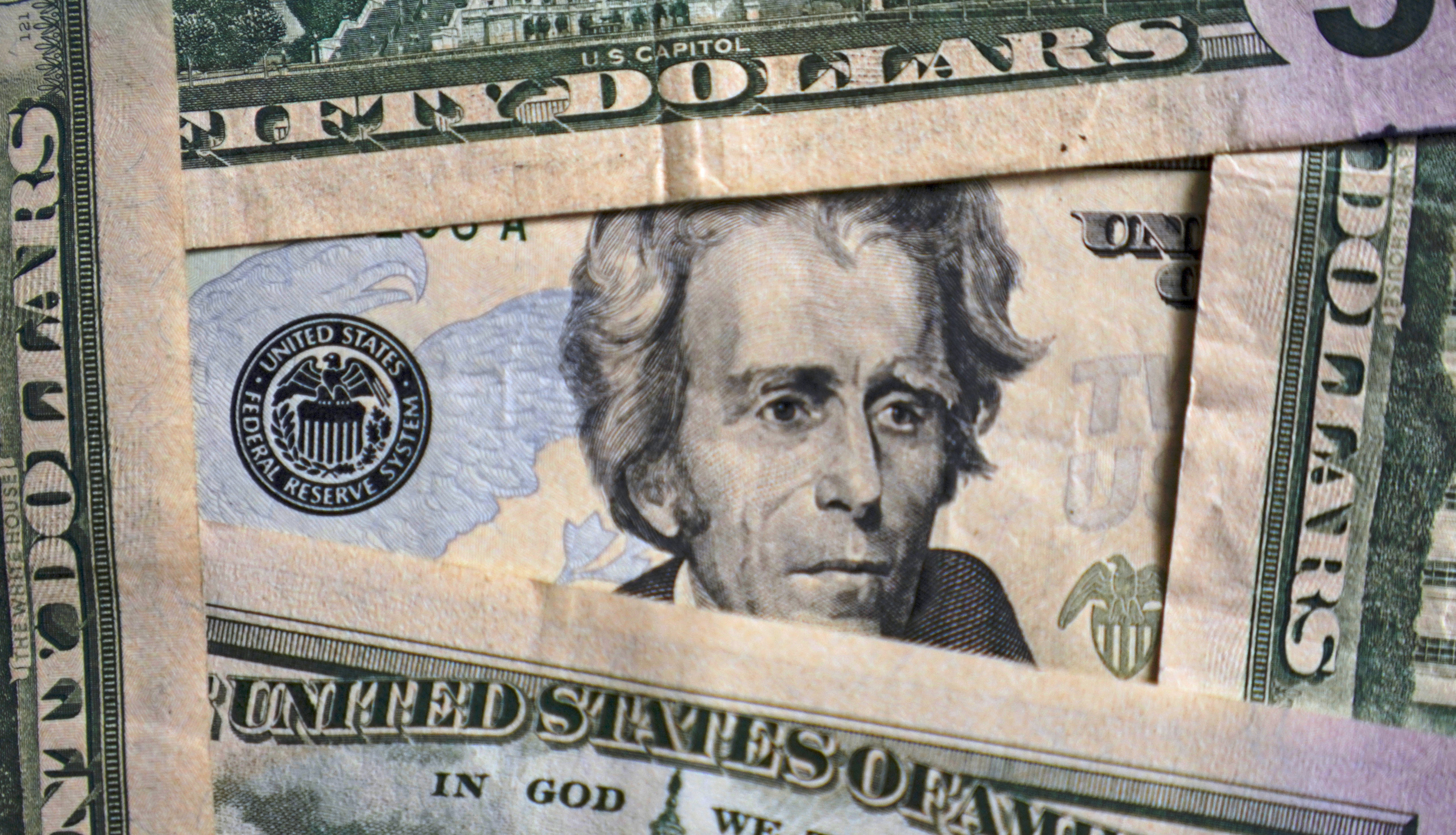
It’s no good trying to reflate the economy with even cheaper money when demand is being deflated by a weak global economy over which Beijing has no control.
UK recession fears are growing, amid rising interest rates. This is part of a bigger picture of industrial gloom and poor productivity. Investment spending in the UK accounts for 17 per cent of GDP, less than the US and China. Britain must invest more to keep up with industrial competitors.
The more the US tightens policy and the more that China eases, the more a green light emerges for increased pressure from the US dollar on the yuan, with the rising spread of US bond yields over China adding momentum. Does China want a weaker currency to boost exports or a stable currency?
The speed at which global interest rates have risen in the past year suggests central banks are turning a blind eye to the fact growth is slowing again. Despite the US Congress reaching a deal on the debt ceiling, the world could still face a major economic shock if the Fed keeps pressing too hard on inflation.
Global economic confidence is still under pressure, although the US debt ceiling crisis has been averted. As world trade conditions weigh on Chinese exports, there is scope for higher domestic consumer demand or more investment in key infrastructure projects.
Markets should be relieved Biden and Congressional Republicans have struck a deal ‘in principle’, but the debacle was wholly unnecessary. While the US dollar is not going to fade away, more crises like this one will erode its standing and ensure the yuan becomes more appealing.
Is it right for central banks to be waging all-out war on inflation when it’s hurting ordinary people who didn’t create the problem? Widening interest rate-setting boards to include labour market economists and poverty specialists might produce fairer results for society.
With Republicans and Democrats going into election mode, the US debt ceiling stand-off could go down to the wire. Investors who remain oblivious to the default risk should note that sovereign players like China are already selling down their US Treasury holdings.
China’s strong economic fundamentals are a big plus in its push for renminbi internationalisation. The trick lies in liberalising its financial markets at just the right pace, without exposing them to too much risk.
With the US at risk of recession and world trade growth slowing, major exporters such as China and Germany must compensate with extra domestic reflation. Global growth needs careful nurturing by policymakers, and a return to much easier economic policies should be a priority.
With so much risk flooding the global financial sector, it makes sense for China to look for alternatives to investing in US Treasuries. However, questions remain over how to diversify that risk and maximise returns at the same time, given the ubiquity of the US dollar.
The solutions put in place to stabilise the financial system in the wake of the global meltdown have not protected us from the risks of damaged fiscal finances and weak growth potential. With financial confidence still fragile, the ability to cope with shocks like SVB’s collapse and Credit Suisse’s troubles is limited.
Hedge fund traders targeting distressed companies to make a kill will fatten their clients’ pockets at the expense of further destabilising the financial system. They were banned too late in 2008 for a crisis to be averted. The same mistake must not be made today.
Laissez-faire policies are hampering US growth, and the government needs to lead from the front with better incentives for investment-driven rather than consumer-led growth. Without it, the US economy will continue to stagnate and be increasingly reliant on imports to bridge its domestic demand gap.
In a repetition of 2021, when the economy boomed in the wake of the 2020 Covid-19 crisis, China could surprise on the upside this year after the lifting of zero-Covid restrictions. If growth hits 6 per cent, China’s markets could see stellar stock performance.
Recent speculation that the Federal Reserve will raise interest rates significantly this year has boosted US dollar sentiment. However, with the jury still out on economy recovery and the Fed less likely to go for overkill on inflation, it won’t be too long before interest rate expectations level off.
Investors are taking their cue from the US Federal Reserve as it tries to reduce its holdings of US government debt. However, there are no signs investors are rushing to the exits on US assets; they are merely adjusting risk preferences ahead of what is likely to be a difficult few months.
While the US is ramping up domestic investment to bolster growth, a cash-starved British government is trying to spend its way out of trouble. Without the lifeblood of new investment to replace departing industries, the UK could be heading into a new economic ice age.
The US economy relies heavily on consumer spending, a growth model that naturally benefits China when so many of the things that Americans buy are made there. Instead of blaming this situation on China, the US must shift its own focus from propping up consumers to supporting productivity-driven growth.
Interest rates may be up from their very low position a year ago, but that does not signal a permanent tightening of monetary policy. Central banks know better than to sacrifice growth when inflation levels are already settling down.
Are the gloomy forecasts about the global economy justified? The recovery of the US, Chinese and European economies, inflation easing and the glut of liquidity from previous crises should be enough to buoy investment for years.
It might be hard to swallow considering the wall of negative views from pundits, but good news in the US labour market and an uptick in German manufacturing are adding to signs of recovery.
In addition to the massive human cost, the war has hurt global stability and growth prospects, wreaking chaos on energy markets. The introduction of a peace premium into expectations could easily lift global equity prices by the 20 per cent lost last year.
With so much bad news already factored in during 2022, there is the chance markets could be surprised on the upside by unexpectedly better news in 2023. The stock market’s reputation as the top predictor of the economic cycle means investors should anticipate better news rather than looking over their shoulders.
Since leaving the European Union, the UK has been contending with slowed growth, reduced trade and a weakened pound, made worse by high energy costs. But whether rejoining the EU would fix these problems, and whether the bloc would take Britain back in the first place, is far from certain.
As the Federal Reserve prepares to unveil its latest policy direction, investors are hoping for a smaller interest rate rise than those of recent months. If delivered, it would be a promising sign that the Fed is shifting focus from fighting inflation to keeping jobs and growth buoyant in 2023.
The world is battening down for a long recession in 2023, but the winds may be changing direction. Energy prices and inflation levels appear to have peaked, interest rates are expected to do the same next year and there is even hope that 2023 will bring more easing of China’s zero-Covid policy.
Global currency managers are reassessing their positions on the euro as sentiment turns against the US dollar and investors look for better currency bets. As sentiment improves, portfolio reweighting should add more momentum to the euro’s rally and create better times for Europe’s shared currency.
It is consumers who pay for the cost of the pandemic and the energy price spike. It is also consumers who drive economic growth. With the world economy headed for tough times and US mortgage rates hitting a high, the Fed shouldn’t inflict higher rates and greater pain.
The war in Ukraine and the Federal Reserve’s fight against inflation have made the US dollar the go-to currency for safe-haven protection. But now that all the bad news is factored in and inflation is slowing down, the markets are starting to hit the exits from the dollar trade.






























